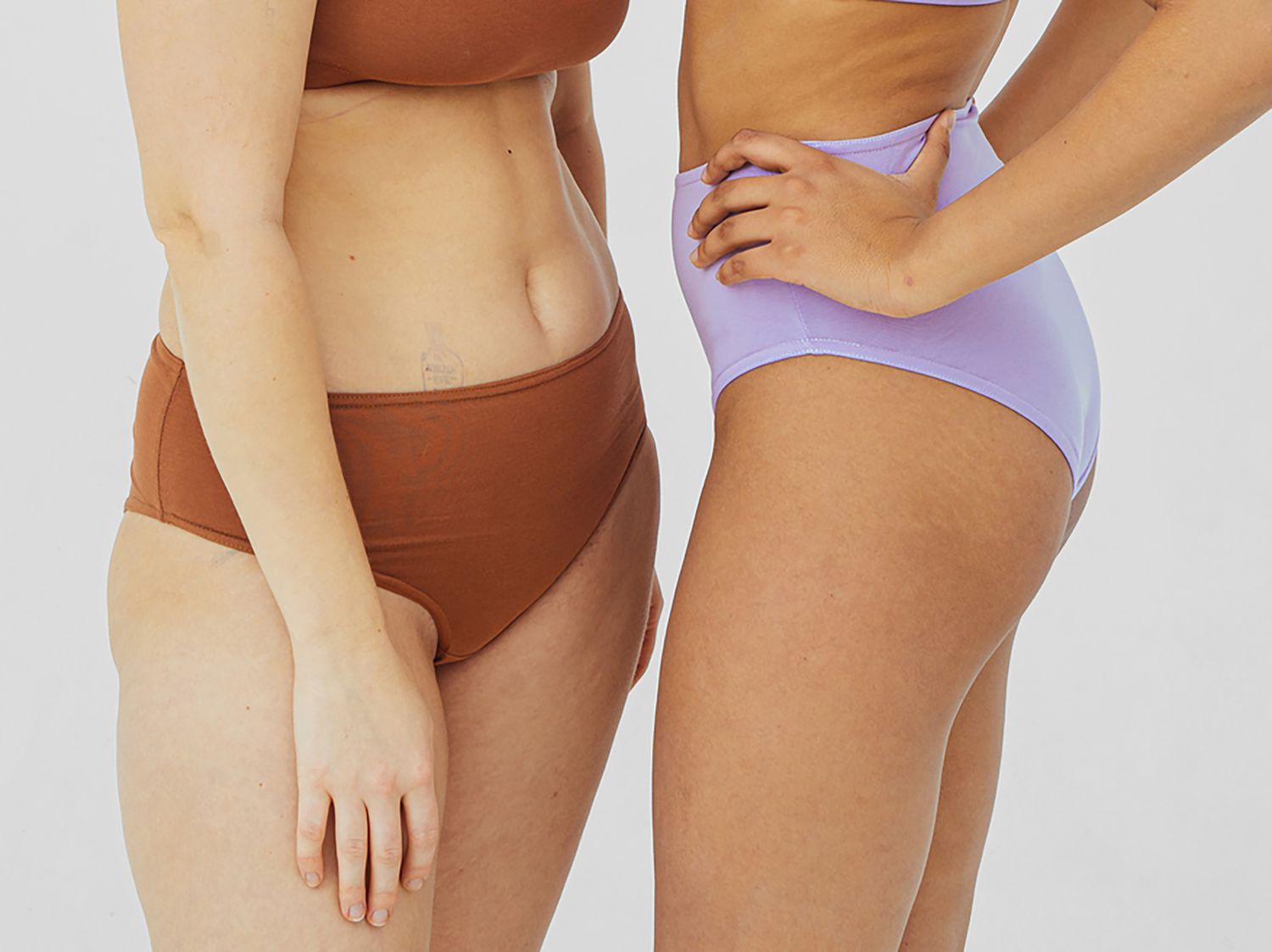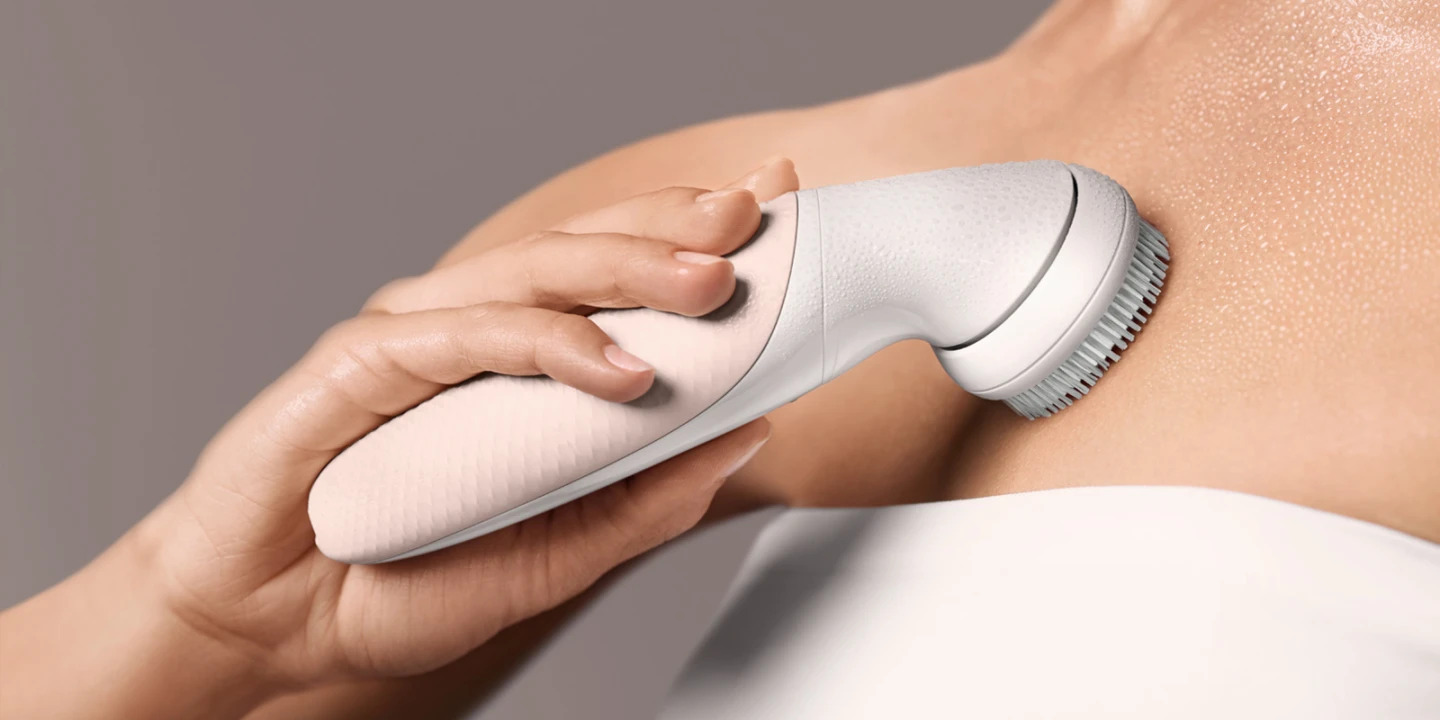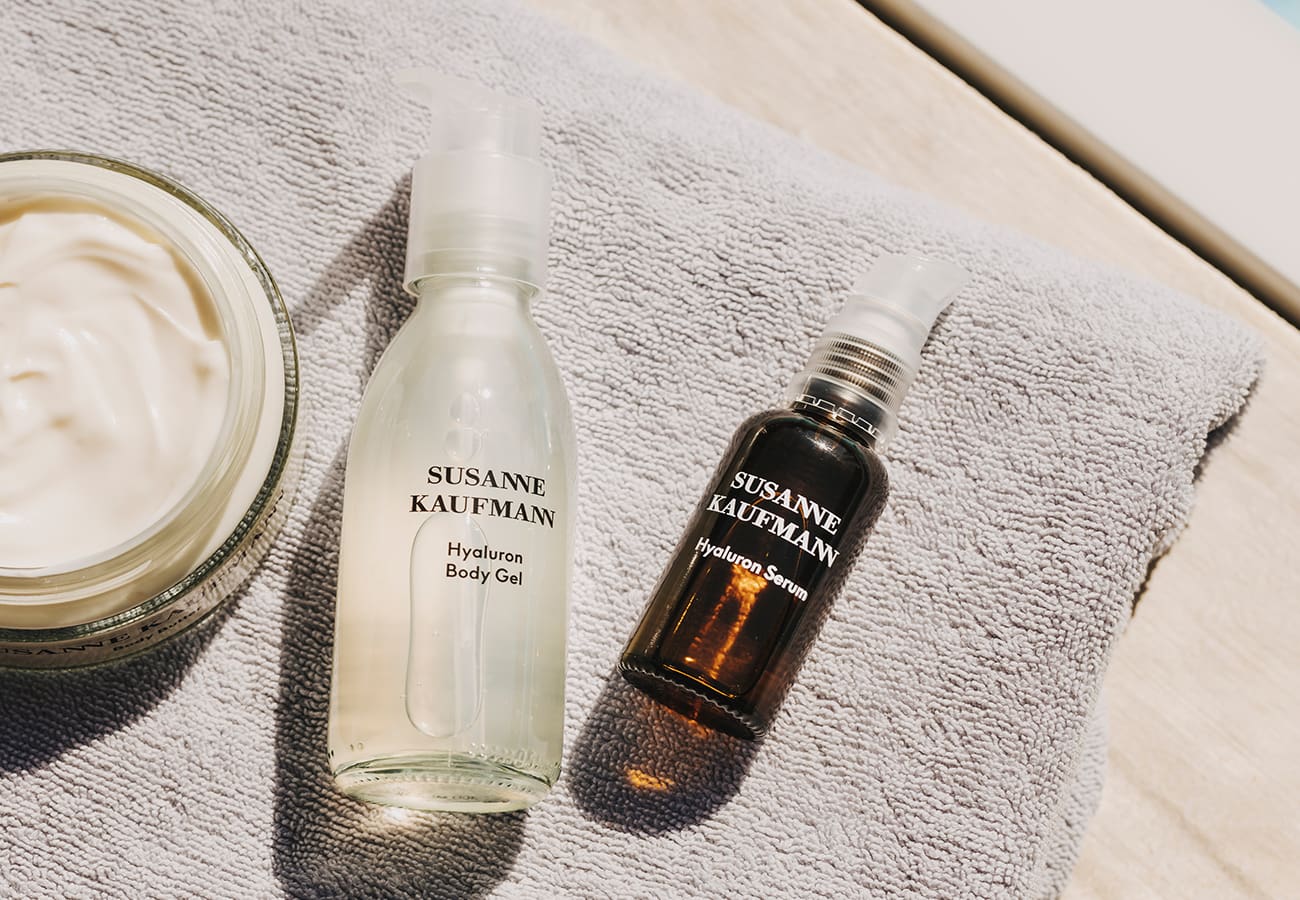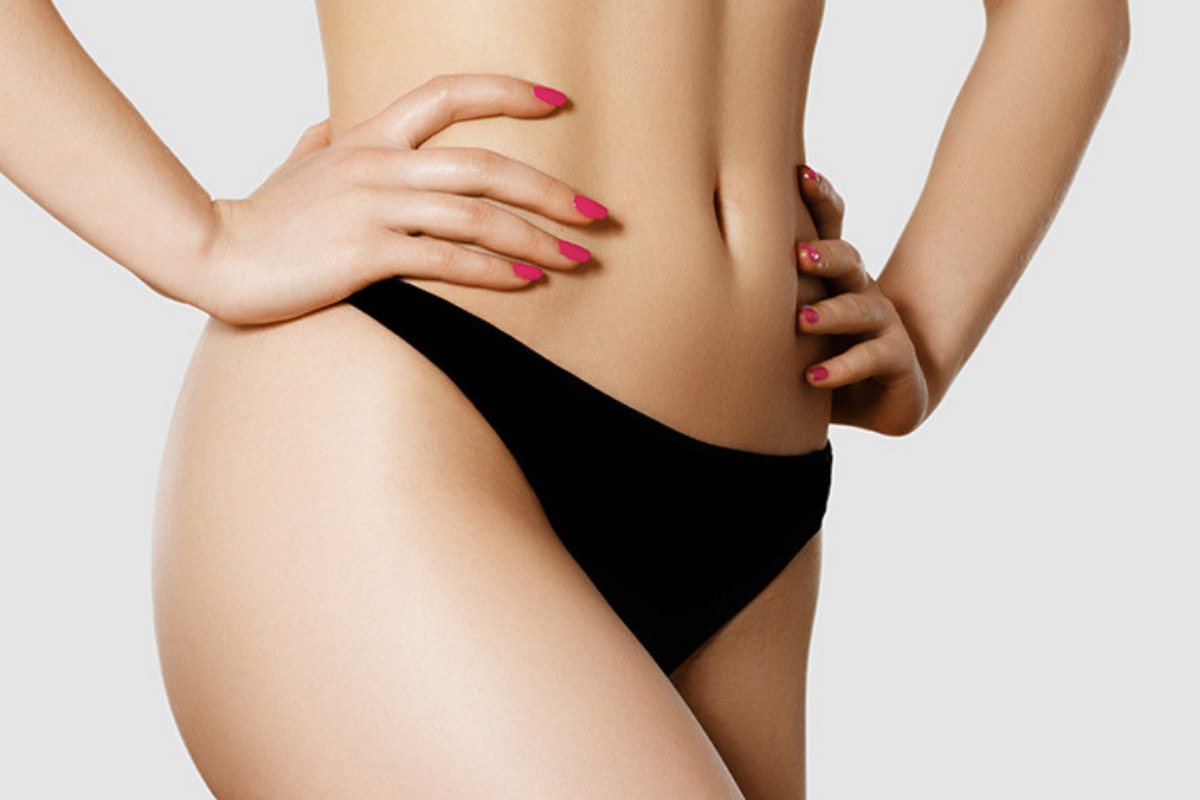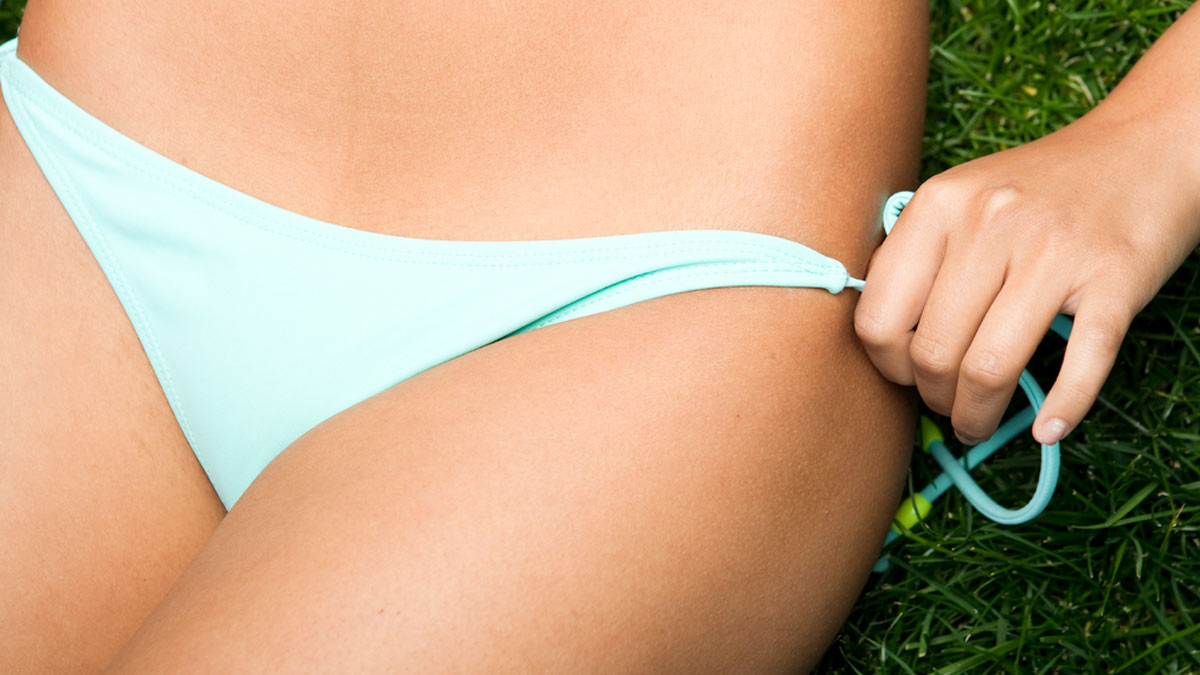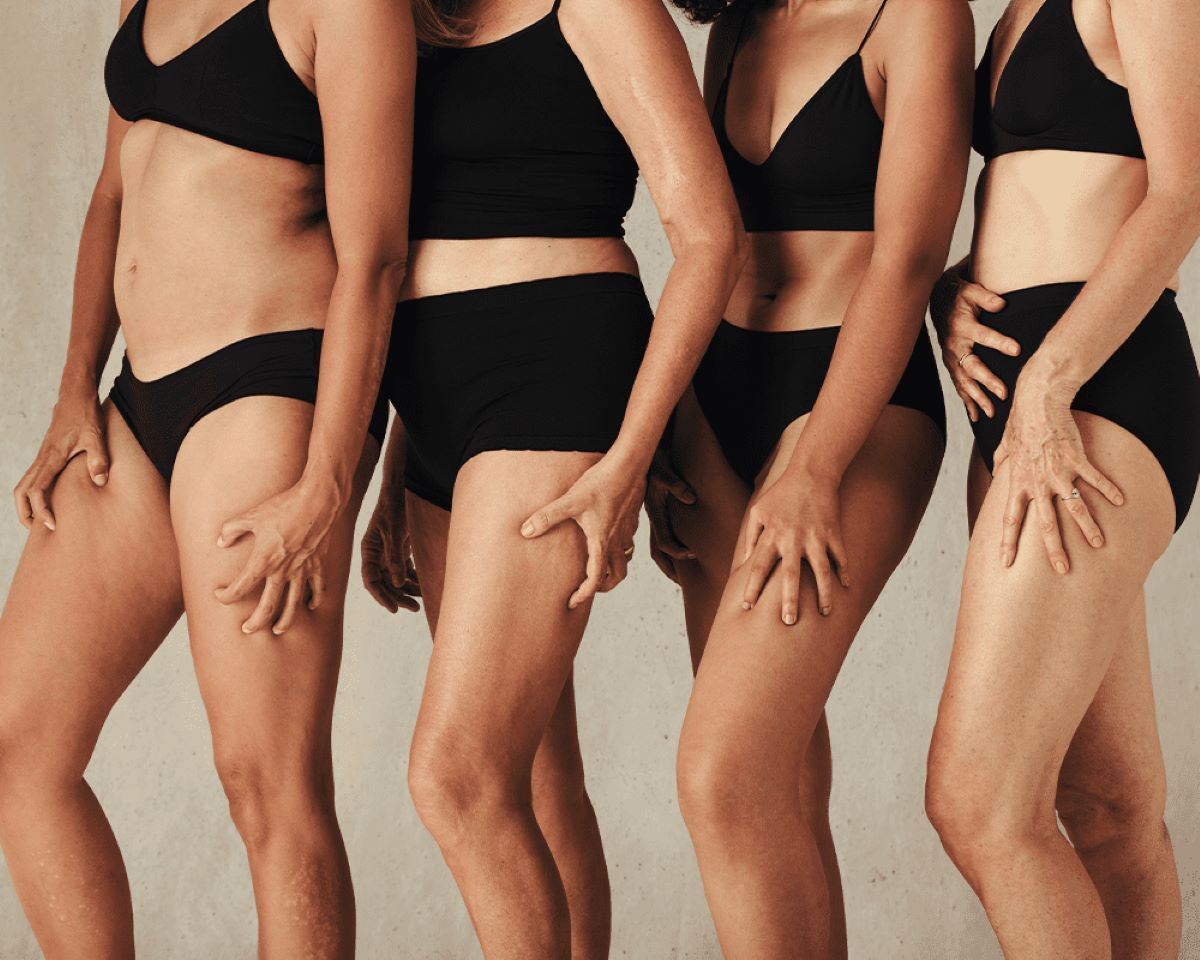Home>How-to Guides>For Women>How To Exfoliate After Bikini Wax
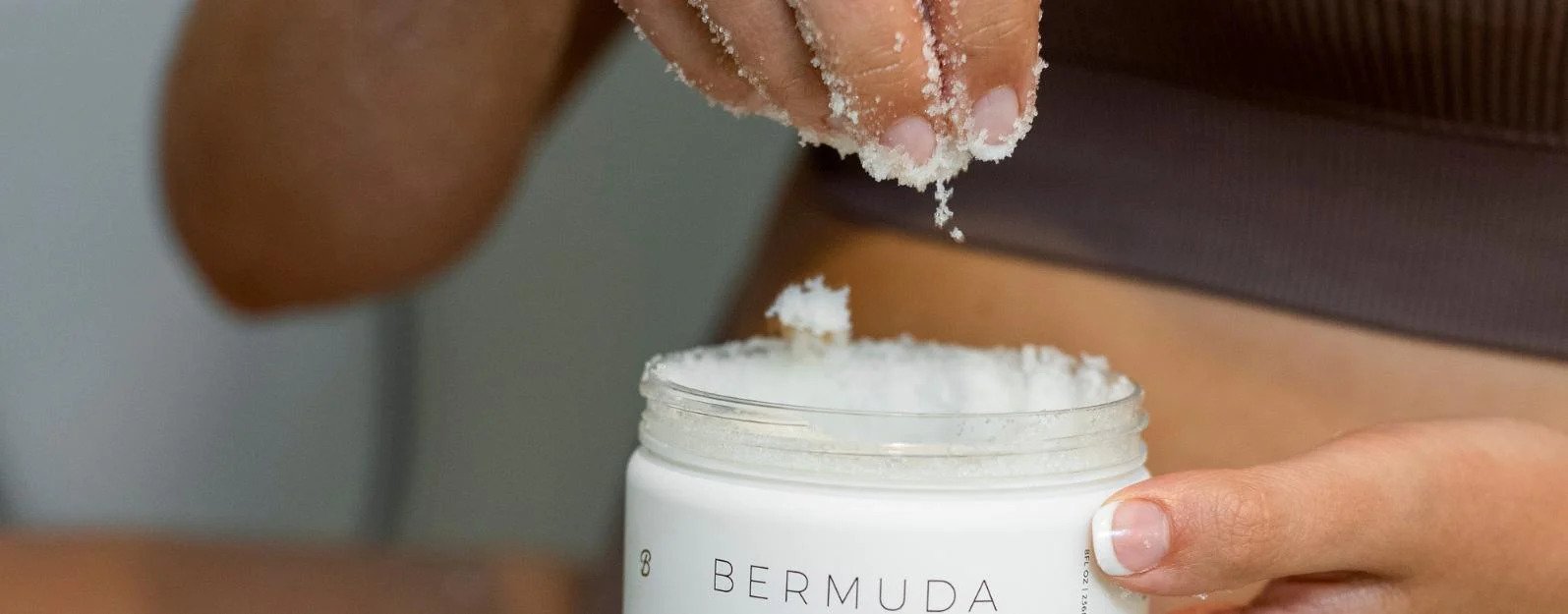

For Women
How To Exfoliate After Bikini Wax
Modified: August 2, 2023
Learn the best ways for women to exfoliate after a bikini wax. Follow these essential steps for smooth and irritation-free skin.
(Many of the links in this article redirect to a specific reviewed product. Your purchase of these products through affiliate links helps to generate commission for Under-tec.com, at no extra cost. Learn more)
Table of Contents
- Introduction
- Why Exfoliating After Bikini Wax is Important
- When to Start Exfoliating After Bikini Wax
- Choosing the Right Exfoliating Method
- Precautions to Take Before Exfoliating
- Step-by-Step Guide on Exfoliating After Bikini Wax
- Recommended Exfoliating Products for Post-Wax Care
- Tips for Maintaining Smooth Skin After Exfoliation
- Conclusion
Introduction
Welcome to the world of bikini waxing, a popular hair removal method embraced by many women. While the process can leave your skin smooth and hair-free, it’s important to pay attention to post-wax care to maintain those desirable results. Exfoliating after a bikini wax is an essential step in this care routine.
Exfoliation helps to remove dead skin cells, unclog pores, and prevent ingrown hairs, ensuring a smoother and healthier bikini line. By effectively exfoliating the area, you can minimize irritation, reduce redness, and promote faster recovery.
However, it’s crucial to understand how and when to exfoliate after a bikini wax to avoid causing any further issues or discomfort. In this article, we will guide you through the importance of exfoliation, the ideal time to start exfoliating, the best methods to choose from, precautions to take, and recommended products for post-wax care. So, grab a cup of tea and let’s dive into the world of exfoliation after a bikini wax!
Why Exfoliating After Bikini Wax is Important
Exfoliating after a bikini wax is a crucial step in maintaining smooth and healthy skin. Here’s why it’s so important:
- Removes Dead Skin Cells: Exfoliating helps to slough off dead skin cells that can accumulate on the surface of your skin. This not only helps to improve the overall texture and appearance of your bikini area but also prevents the buildup of debris that can lead to ingrown hairs.
- Prevents Ingrown Hairs: One of the main benefits of exfoliation is its ability to prevent and treat ingrown hairs. By removing dead skin cells, you unblock hair follicles and allow new hairs to grow freely. This greatly reduces the chances of those pesky ingrown hairs that can cause inflammation, redness, and discomfort.
- Reduces Irritation and Redness: Exfoliating the skin helps to soothe and calm any irritation or redness that may occur after a waxing session. It helps to alleviate inflammation and promotes faster healing, leading to a more comfortable post-wax experience.
- Enhances Waxing Results: Regular exfoliation can improve the effectiveness of your waxing sessions. By keeping your skin smooth and free from dead skin cells, the wax can adhere to the hair more effectively, resulting in a closer and longer-lasting hair removal.
- Promotes Healthier Skin: Exfoliating after a bikini wax promotes healthier skin by stimulating cell turnover and increasing blood circulation. This leads to improved skin tone, texture, and brightness, leaving you with a radiant and glowing bikini area.
Remember, maintaining proper post-wax care, including exfoliating, is vital for keeping your bikini area in top condition. It not only enhances the aesthetic results but also contributes to your overall skin health and comfort.
When to Start Exfoliating After Bikini Wax
Determining the right time to start exfoliating after a bikini wax is essential to allow your skin enough time to heal. While the timeline may vary from person to person, here are some general guidelines to follow:
- Wait 24-48 Hours: After a bikini wax, it’s important to give your skin time to recover. Wait at least 24-48 hours before starting your exfoliation routine. This allows any redness, swelling, or irritation to subside, reducing the risk of further sensitivity or damage.
- Listen to Your Body: Everyone’s skin reacts differently to waxing, so it’s crucial to pay attention to how your skin feels before starting to exfoliate. If you still experience discomfort or notice any signs of inflammation, it may be a sign to wait a bit longer before introducing exfoliation.
- Consult with a Professional: If you’re unsure about when to start exfoliating after a bikini wax, it’s always a good idea to consult with a professional esthetician. They can assess your skin’s condition and provide personalized advice tailored to your specific needs.
Remember, being patient and allowing your skin enough time to heal is key. Starting exfoliation too soon can lead to further irritation, redness, or even infections. It’s better to wait a bit longer and ensure that your skin is ready for the exfoliation process.
Choosing the Right Exfoliating Method
When it comes to exfoliating after a bikini wax, choosing the right method is crucial to achieve the best results without causing any harm to your skin. Here are a few options to consider:
- Chemical Exfoliants: Chemical exfoliants, such as alpha hydroxy acids (AHAs) or beta hydroxy acids (BHAs), are gentle yet effective in removing dead skin cells. Look for exfoliating products that contain ingredients like glycolic acid or salicylic acid, as they can help to unclog pores and prevent ingrown hairs. Follow the instructions on the product and avoid over-exfoliating to prevent skin irritation.
- Physical Exfoliants: Physical exfoliants involve using a scrub or brush to manually remove dead skin cells. Opt for a gentle scrub formulated specifically for sensitive areas like the bikini line. Look for natural ingredients like sugar, coffee grounds, or jojoba beads. Remember to be gentle when scrubbing to avoid further irritation or abrasion.
- Exfoliating Gloves or Mitts: Exfoliating gloves or mitts are another option for physical exfoliation. These exfoliating tools are designed to be used with your favorite body wash or exfoliating product. Simply slip on the gloves or mitts and gently massage the bikini area in circular motions to buff away dead skin cells. These gloves are typically reusable and easy to clean.
- Exfoliating Cleansers: Another convenient option is to incorporate an exfoliating cleanser into your post-waxing routine. Look for cleansers with gentle exfoliating agents like microbeads or fruit enzymes. These cleansers can be used daily and are perfect for those who prefer a simple and time-efficient exfoliation method.
It’s important to choose an exfoliating method that suits your skin type and sensitivity. If you have sensitive skin or are prone to irritation, opt for gentler exfoliation methods. Furthermore, avoid exfoliating immediately if you have any cuts, burns, or open wounds from the waxing process.
Experiment with different methods and find the one that works best for you. Remember, consistency is key when it comes to exfoliating after a bikini wax. Incorporate regular exfoliation into your skincare routine to achieve and maintain a smooth and healthy bikini area.
Precautions to Take Before Exfoliating
Before diving into the exfoliation process after a bikini wax, there are a few precautions you should take to ensure optimal results and minimize any potential risks. Here are some essential precautions to keep in mind:
- Wait for the Right Time: As mentioned earlier, it’s crucial to wait at least 24-48 hours after the waxing session before starting the exfoliation process. This allows your skin enough time to heal and reduces the risk of irritation or damage.
- Avoid Harsh Exfoliants: While exfoliation is important, you should avoid using harsh exfoliating products or tools on the delicate bikini area. Stay away from scrubs with large, abrasive particles or brushes with rough bristles. Opt for gentle exfoliants specifically formulated for sensitive skin.
- Test for Skin Sensitivity: Before using any new exfoliating product or method, it’s wise to conduct a patch test on a small area of your skin. This helps to determine whether your skin is sensitive to the product and prevents any potential adverse reactions or allergies.
- Avoid Sun Exposure: Exposing newly waxed skin to the sun’s harmful rays can lead to further irritation, redness, or even hyperpigmentation. It’s recommended to avoid direct sun exposure for at least 24 hours after waxing, and apply sunscreen with a high SPF if you need to go outside.
- Moisturize Before Exfoliating: Prior to exfoliating, make sure your skin is adequately moisturized. Apply a light and non-greasy moisturizer to the bikini area to soften the skin and create a protective barrier. This helps to minimize friction and allows for a smoother exfoliation process.
By following these precautions, you can ensure a safer and more effective exfoliation experience after a bikini wax. Prioritize your skin’s health and well-being to maintain a beautiful and smooth bikini line.
Step-by-Step Guide on Exfoliating After Bikini Wax
Now that you understand the importance of exfoliating after a bikini wax and have taken the necessary precautions, let’s delve into a step-by-step guide to help you achieve optimal results:
- Cleanse the area: Start by cleansing the bikini area with a gentle, pH-balanced cleanser. This helps to remove any impurities and excess oils, preparing the skin for exfoliation.
- Wet the area: Wet the bikini area with warm water. This helps to soften the skin and hair, making exfoliation more effective and comfortable.
- Apply the exfoliant: Take a small amount of your chosen exfoliating product or method and apply it to the bikini area. Gently massage the product onto the skin using circular motions, focusing on areas prone to ingrown hairs or roughness.
- Be gentle: Remember to be gentle during the exfoliation process, especially in the delicate bikini area. Avoid applying too much pressure or scrubbing too vigorously to prevent irritation or damage to the skin.
- Rinse thoroughly: Once you have exfoliated the entire bikini area, rinse thoroughly with lukewarm water. Make sure all remnants of the exfoliant are completely washed away.
- Pat dry: After rinsing, gently pat the bikini area dry with a soft towel. Avoid rubbing the area, as this can cause further irritation.
- Moisturize: Finally, apply a soothing and hydrating moisturizer to the bikini area. Look for a moisturizer that is specifically formulated for post-wax care and contains ingredients like aloe vera or chamomile to calm the skin.
- Repeat regularly: To maintain smooth and healthy skin, make exfoliation a regular part of your skincare routine. Aim to exfoliate the bikini area 2-3 times per week, or as recommended by your esthetician.
Following this step-by-step guide will help you exfoliate your bikini area effectively and safely after a waxing session. Remember, consistency is key when it comes to achieving long-lasting results and preventing ingrown hairs.
Recommended Exfoliating Products for Post-Wax Care
When it comes to choosing the right exfoliating products for post-wax care, it’s important to opt for gentle yet effective options that are specifically formulated for sensitive areas like the bikini line. Here are some recommended exfoliating products to consider:
- Exfoliating Scrubs: Look for scrubs that contain natural exfoliating agents like sugar, salt, or jojoba beads. These gentle scrubs help to remove dead skin cells and unclog pores without causing irritation. Additionally, choose scrubs that are free from harsh chemicals or abrasive particles.
- Chemical Exfoliants: Chemical exfoliants like gentle AHAs (alpha hydroxy acids) or BHAs (beta hydroxy acids) can be an effective option for post-wax exfoliation. These exfoliants work to dissolve dead skin cells, unclog pores, and prevent ingrown hairs. Choose products with low concentrations of these acids to avoid over-exfoliation and irritation.
- Exfoliating Gloves or Mitts: Exfoliating gloves or mitts are an excellent option for gentle physical exfoliation. These textured gloves or mitts can be used with your favorite body wash or exfoliating product. They help to buff away dead skin cells while enhancing blood circulation and promoting a smoother bikini area.
- Exfoliating Cleansers: For a convenient and gentle exfoliation method, consider using exfoliating cleansers. Look for cleansers that contain mild exfoliating agents like microbeads or natural enzymes. These cleansers effectively remove dead skin cells while cleansing the skin, leaving your bikini area feeling fresh and smooth.
- Chemical Depilatory Creams: Chemical depilatory creams are another option for post-wax exfoliation. These creams contain ingredients that help to dissolve hair at the surface level while gently exfoliating the skin. It’s important to choose a product specifically formulated for the bikini area and follow the instructions carefully to avoid any adverse reactions.
Remember, everyone’s skin is unique, and what works for one person may not work for another. It’s essential to choose products that suit your skin type and sensitivity. If you’re unsure, consult with a skincare professional or esthetician who can provide personalized recommendations based on your specific needs.
Whatever exfoliating product you choose, ensure that it is free from artificial fragrances, harsh chemicals, and other potential irritants. Opt for products that promote skin health and provide a gentle yet effective exfoliation for your bikini area.
Tips for Maintaining Smooth Skin After Exfoliation
After exfoliating your bikini area, it’s important to follow certain tips to maintain smooth and healthy skin. Here are some essential tips to incorporate into your post-exfoliation routine:
- Moisturize Regularly: Keeping the skin well-hydrated is essential for maintaining smoothness and preventing dryness. After exfoliating, apply a hydrating moisturizer to the bikini area to lock in moisture and promote skin elasticity.
- Avoid Tight Clothing: Wearing tight or restrictive clothing can cause friction and irritation on the freshly exfoliated skin. Opt for loose-fitting clothes made of breathable materials to allow the skin to breathe and avoid unnecessary irritation.
- Avoid Sun Exposure: Protecting your skin from the sun is crucial, especially after exfoliation. Exposure to harmful UV rays can lead to skin damage and hyperpigmentation. Apply a broad-spectrum sunscreen with a high SPF to the bikini area before going out in the sun.
- Prevent Ingrown Hairs: To prevent ingrown hairs, gently exfoliate the bikini area 2-3 times a week. This helps to unclog pores and remove dead skin cells, allowing hair to grow out freely instead of getting trapped beneath the skin. Additionally, consider using ingrown hair prevention products that contain salicylic acid or witch hazel.
- Maintain Consistency: Consistency is key when it comes to maintaining smooth skin. Stick to a regular exfoliation routine to ensure continued hair growth prevention and minimize the occurrence of ingrown hairs.
- Avoid Touching or Picking: It’s important to resist the temptation to touch or pick at the bikini area after exfoliation. This can introduce bacteria and cause further irritation or infections. Keep your hands away from the area to promote faster healing and prevent the spread of bacteria.
- Stay Hygienic: Maintaining good hygiene is crucial for healthy skin. Keep the bikini area clean and dry, and avoid using harsh soaps or fragranced products that can cause irritation. Opt for gentle and pH-balanced cleansers specifically formulated for sensitive areas.
- Listen to Your Skin: Pay attention to the signals your skin gives you. If you notice any irritation, redness, or discomfort after exfoliating, adjust your exfoliation routine or consult with a dermatologist or esthetician for personalized advice.
By incorporating these tips into your post-exfoliation routine, you can maintain smooth and healthy skin in your bikini area. Remember, each person’s skin is unique, so it may take some trial and error to find the routine that works best for you. Be patient and persistent in your efforts, and you’ll soon enjoy the benefits of a beautifully smooth bikini line.
Conclusion
Exfoliating after a bikini wax is an essential step in maintaining smooth, healthy, and ingrown hair-free skin. By removing dead skin cells and unclogging pores, exfoliation helps to prevent irritation, redness, and the occurrence of ingrown hairs. It also enhances the effectiveness of waxing sessions and promotes faster recovery.
When exfoliating after a bikini wax, it’s important to choose the right method and products that suit your skin type and sensitivity. Gentle exfoliants like chemical or physical exfoliants, exfoliating gloves or mitts, and exfoliating cleansers can provide effective results without causing harm to the delicate bikini area.
Prior to exfoliation, it’s crucial to take necessary precautions, such as waiting for the appropriate time, avoiding harsh exfoliants, and moisturizing the skin. Additionally, staying consistent with your exfoliation routine and maintaining good hygiene are vital for achieving and maintaining smooth skin.
Remember to pay attention to your skin’s needs and adjust your exfoliation routine accordingly. If you experience any persistent irritation or discomfort, it’s best to consult with a skincare professional or esthetician for personalized guidance.
So, embrace the post-wax exfoliation routine and enjoy the benefits of a beautifully smooth bikini line. With proper care and attention, you can confidently rock your favorite swimsuits and feel comfortable and confident year-round!


